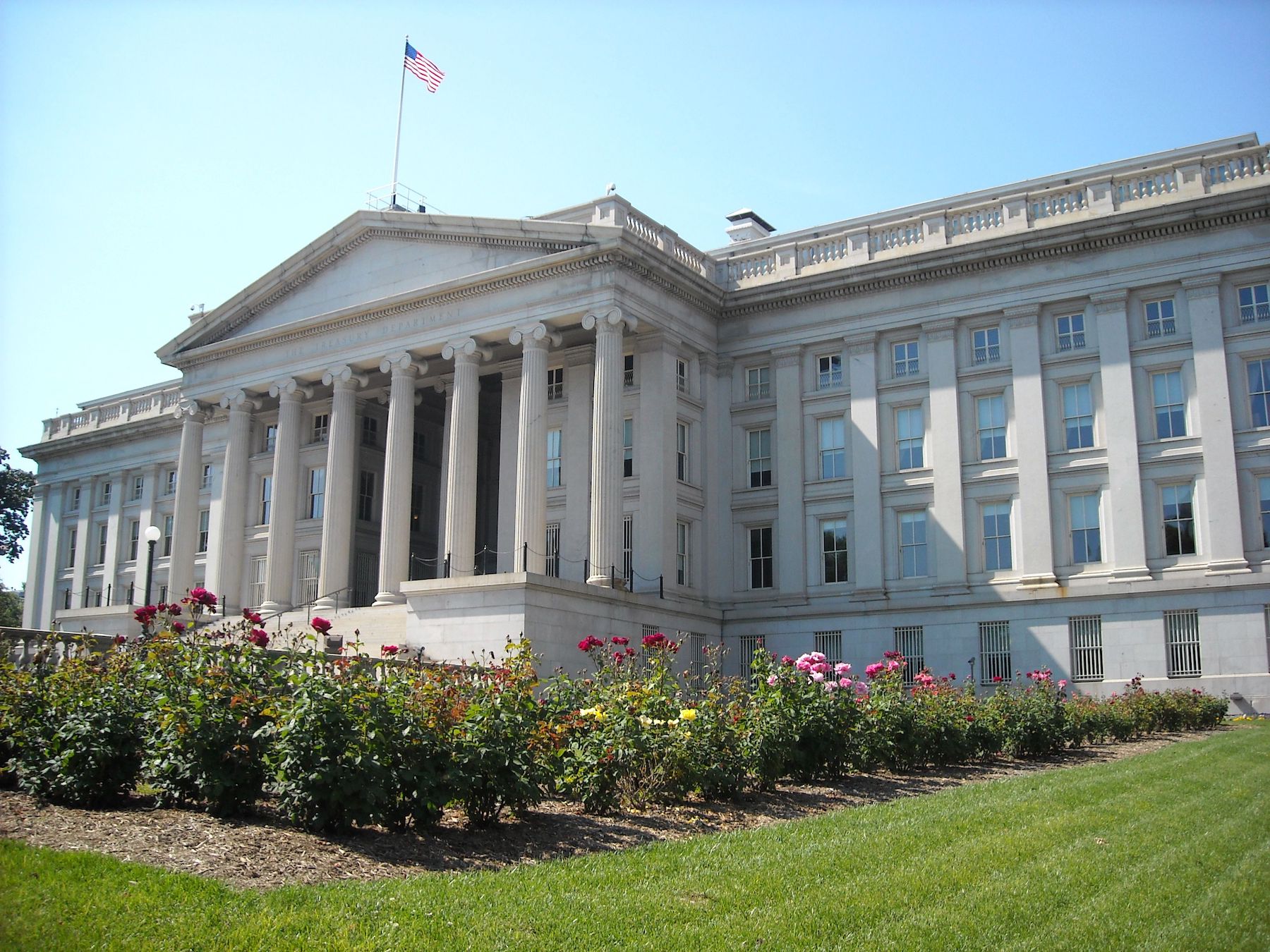Supervisory Guidance: Giving Banks the Information They Need to Mitigate Risk
Federal bank regulators have the authority to issue supervisory guidance, a means of advising banks on specific subject areas and providing examples of risk-mitigating practices. Although supervisory guidance does not create legally enforceable obligations, it has the potential to meaningfully influence the practices of banks and the flow of money.
Now, federal bank regulators, including the Federal Reserve Board, the Office of the Comptroller of the Currency (OCC), the Federal Deposit Insurance Corporation (FDIC), and the National Credit Union Administration (NCUA), must issue new supervisory guidance for banks to "measure, monitor, and manage" risks faced by banks due to the climate crisis.
This supervisory guidance should cover credit, market, liquidity, and operational risks to financial institutions that emerge in the context of the climate crisis. Specific attention should be paid to both physical and transitional risks when drafting supervisory guidance on climate-related risks. Finally, we have been pleased to see indications that this supervisory guidance is moving forward, and hope to see specific timelines for that guidance included in Monday’s report.
Capital Requirements: Reflecting The True Risks Of Climate-Vulnerable Assets
Capital requirements set regulatory standards for how much liquid capital banks and other firms must have on hand. They are based, in part, on the risk associated with each type of asset that the institution holds. When required to maintain more capital, these institutions are more able to absorb losses, and are thus more resilient to economic shocks.
Regulators should impose higher capital requirements on climate-risky assets to account for the higher risk that those assets pose to the institution’s stability. In addition to helping financial institutions be more resilient, these capital requirements would help better reflect the higher costs of climate-risky assets, thus incentivizing shifts away from high risk fossil fuel assets and towards more climate-friendly projects.
Portfolio Limits: Aligning Financial Institution’s Holdings With Science-Based Emissions Targets
Ultimately, regulators can and should require financial institutions to ramp down their investments that are directly driving climate-related financial risk—namely, the financing of fossil fuels. To do this, regulators may impose limits on how much greenhouse gas pollution a firm can finance overall. We know that Wall Street’s investments in the fossil fuel industry are underwriting unsustainable levels of climate pollution, creating a vicious cycle that drives worsening climate impacts and therefore even more risk to the financial sector. To break that cycle, regulators should set portfolio limits on financed emissions that are in line with America’s Paris Climate Agreement commitments.
Promoting Green Finance: Incentivizing Investment In Our Clean Energy Future
Mitigating climate risk in our financial system is about more than just disincentivizing reckless investment in risky fossil fuel assets. Regulators should also take steps to drive investment in equitable green finance to ensure our transition to a clean energy economy is smooth and equitable. One way to do that is by improving the implementation of the Community Reinvestment Act (CRA), which was passed in 1977 with the goal of promoting investment in low- and moderate-income communities, to clarify that the climate needs of those communities meet the standards for CRA lending.
The Takeaway
To fulfill President Biden’s directives to “protect workers’ life savings, spur the creation of good-paying jobs, and help position the United States to lead the global economy,” the forthcoming FSOC report must affirm financial regulators’ authority to directly limit financial institutions’ investment in the drivers of climate change and lay the groundwork for them to do so.
We can’t afford to repeat the regulatory negligence that allowed Wall Street to drive our economy into the ground back in 2008. Regulators have a mandate to intervene to stop a climate-fueled economic crash, and the authority to do so. It’s time for them to take action.
